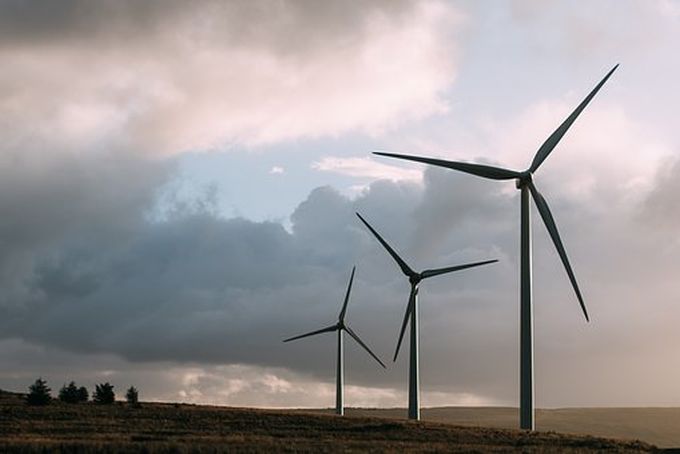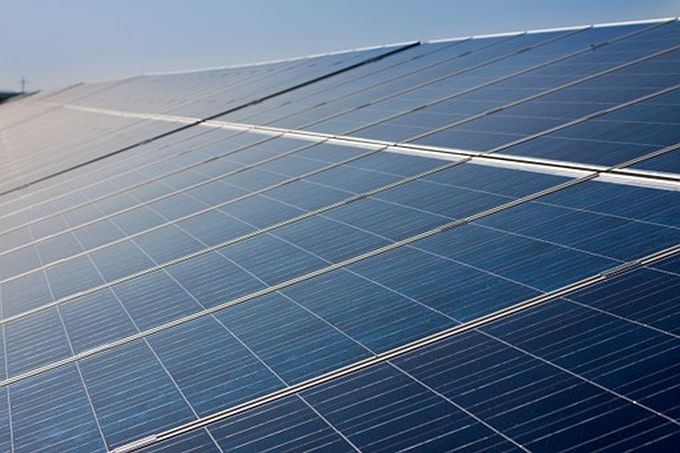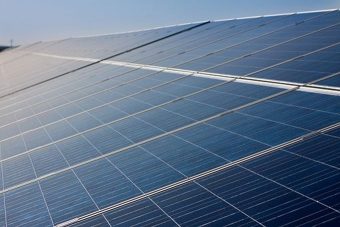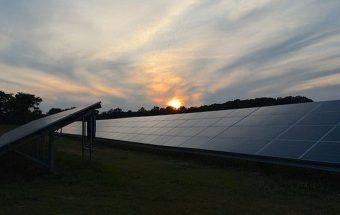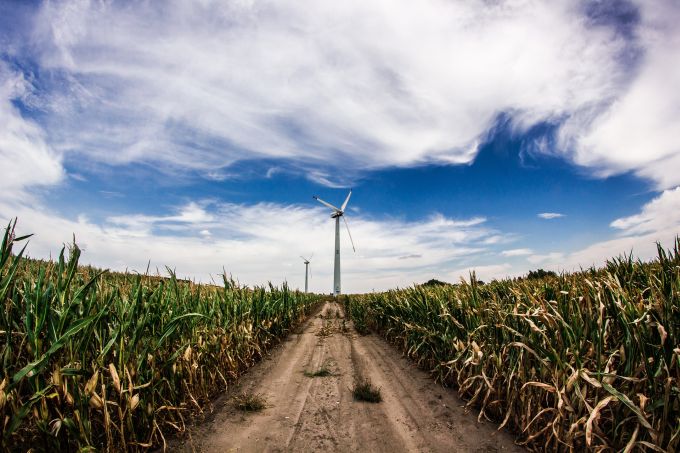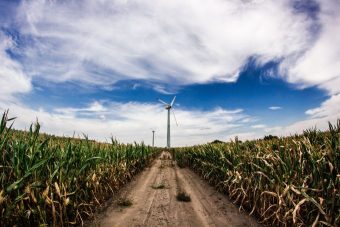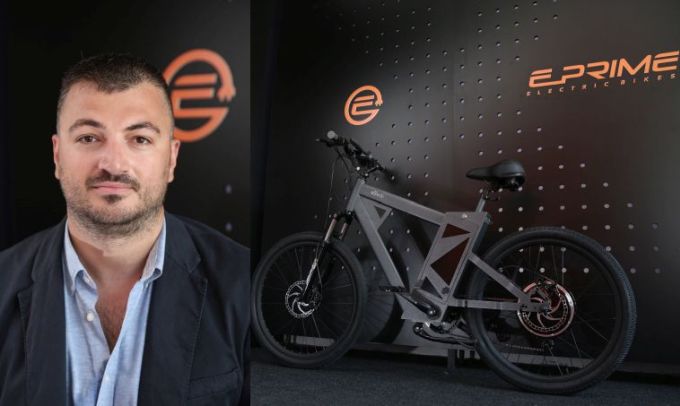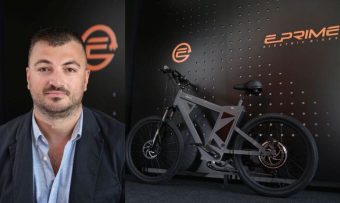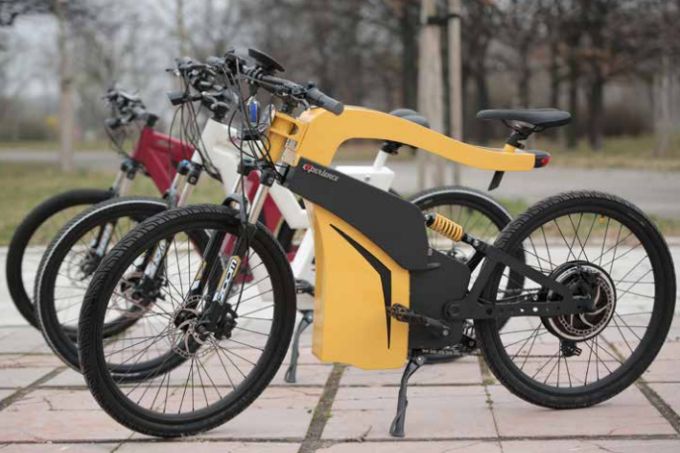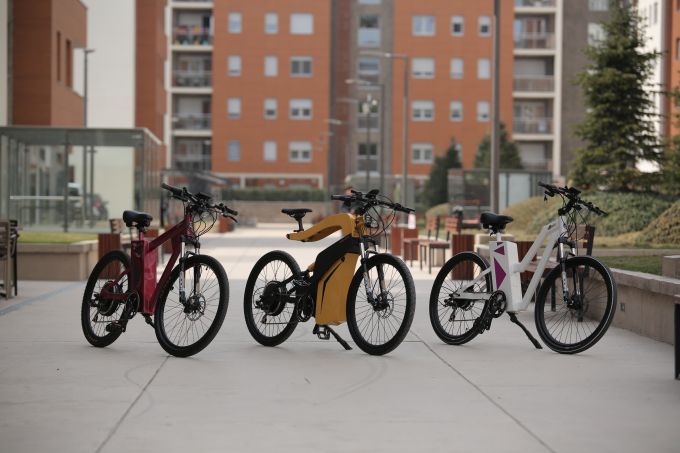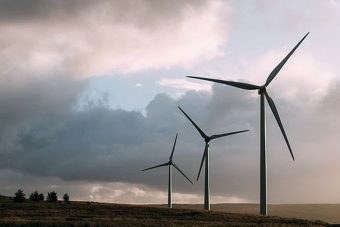
US automotive behemoth GM has announced it will purchase 200 megawatts worth of wind energy to meet 100% of the electricity needs of its Ohio and Indiana manufacturing facilities.
GM announced this week that it will buy a total of 200 megawatts (MW) worth of wind energy from two separate wind farms, one each in Ohio and Illinois. GM will buy the total amount of energy generated from the 100 MW Northwest Ohio Wind farm owned by Starwood Energy Group, and will purchase 100 MW from the 175-200 MW HillTopper Wind Project in Logan County, Illinois, owned by Swift Current Energy.
The Power Purchase Agreements (PPAs) are enough to meet the electricity needs of all of GM’s Ohio and Indiana manufacturing facilities — including Fort Wayne Assembly, Marion Metal Center, and Bedford Casting plants in Indiana, and Lordstown Assembly, Defiance Casting Operations, Parma Metal Center, and Toledo Transmission plants in Ohio.
“Technology is driving solutions for mobility and safety in our vehicles, as well as the new energy solutions that build them,” said Gerald Johnson, GMNA vice president of Manufacturing and Labor. “This is the way we do business: offering vehicles that serve our customers’ lifestyle needs while providing sustainable solutions that improve our communities.”
“We’re helping provide solutions to green the grid through these new renewable energy deals and sharing best practices with other companies so they too can reduce risk and energy costs,” added Rob Threlkeld, GM global manager of renewable energy. “With a pragmatic strategy, companies can turn ambitious renewable energy goals into action and scale quickly.”
GM has long been a proponent of utilizing renewable energy to support its company, and has saved about $5 million annually as a result. GM made its first wind energy PPA in 2014 for several of its Mexico operations, as well as purchases in Texas. GM also uses solar power at 26 of its facilities. GM also committed to sourcing 100% renewable energy for all its operations a year ago, joining the RE100 campaign at the same time. Specifically, the company is aiming to source 100% renewable energy for all its operations across 59 countries by 2050.
“Establishing a 100% renewable energy goal helps us better serve society by reducing environmental impact,” said Mary Barra, GM Chairman and CEO at the time. “This pursuit of renewable energy benefits our customers and communities through cleaner air while strengthening our business through lower and more stable energy costs.”
Reacting to this week’s GM PPA announcement, Helen Clarkson, CEO of The Climate Group, which along with CDP runs the RE100 initiative, welcomed GM’s commitment:
“Congratulations to GM on this huge progress leap – a fantastic show of commitment at Climate Week NYC, and all achieved in just a year since the company joined RE100. GM vocally champions the compelling business case for renewables and shares learnings with other companies. It shows other companies what’s possible.”
Source: cleantechnica.com


